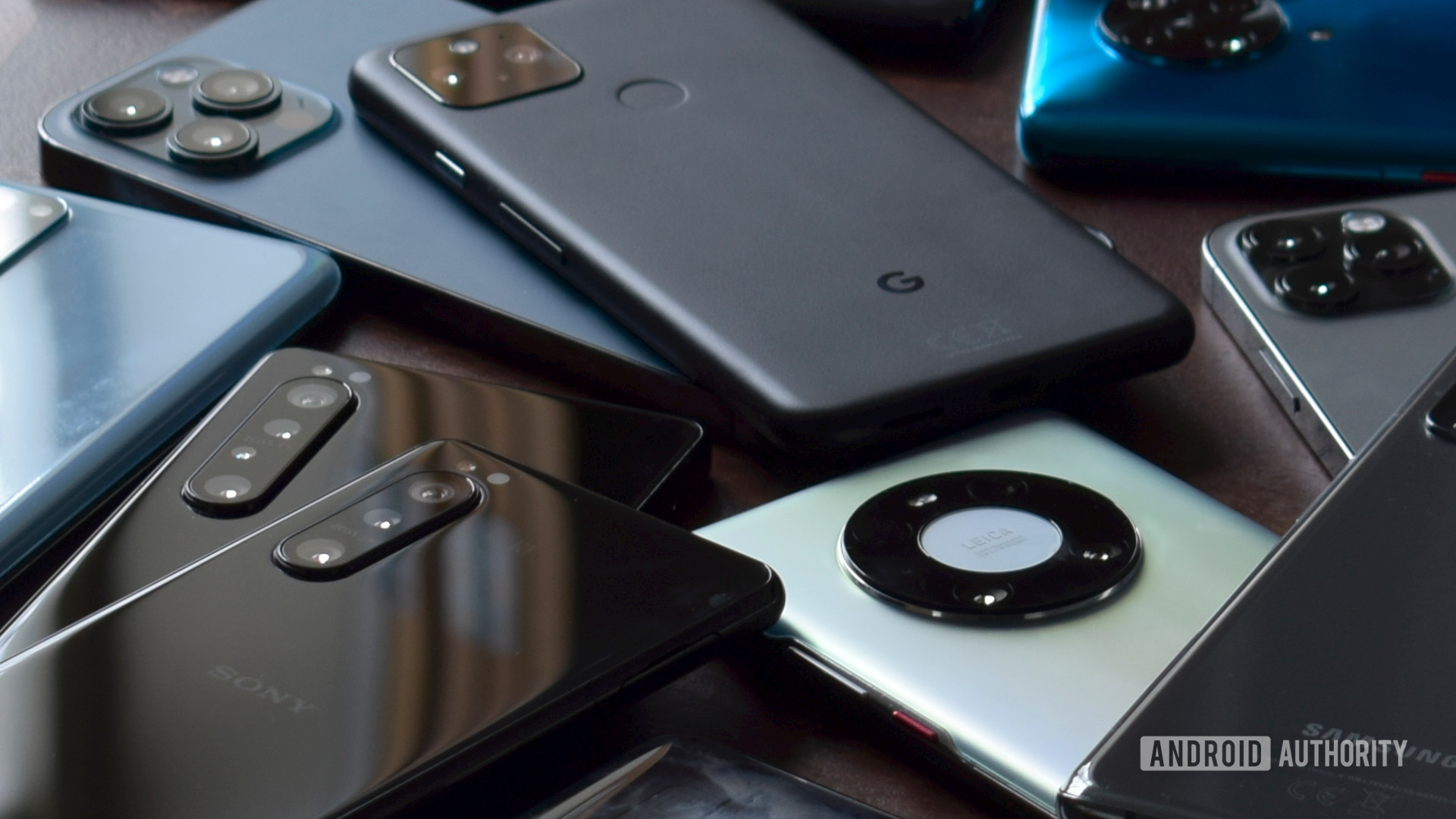Affiliate links on Android Authority may earn us a commission. Learn more.
Virtual virus that transmits between phones developed to mimic COVID spread
March 15, 2021

- Researchers have developed a virtual virus that transmits between phones via Bluetooth.
- It responds to social-distancing directives in the same way as the actual COVID virus.
- The tech will be used to assess the spread of COVID-19 more accurately.
In a collaborative effort, researchers from the University of Queensland, the University of Melbourne, and the Massachusetts Institute of Technology (MIT) have developed a “virtual virus” that can transmit between phones to mimic the spread of COVID-19.
Called Safe Blues strands, the virus-like virtual tokens circulate and replicate between mobile devices using Bluetooth. They are also designed to respond to social-distancing directives in the same way as the actual virus.
So how does it work?
According to the research paper published in the Patterns Journal, the virtual strands vary in their viral properties, such as incubation times and infectiousness levels.
They are counted as active for a limited duration on each “infected” phone. During that time, if the device is in close proximity to another device, there is a chance for the strand to spread to the neighboring device.
Similarly, if the phone is in isolation, the strand is not likely to spread.
This virtual, Bluetooth-transmitting virus could potentially help assess the transmission of COVID-19 more accurately. The research paper notes that unlike with biological epidemics, the number of devices infected by each strand can be measured in real-time.
“Safe Blues offers a solution for real-time population-level estimates of an epidemic’s response to government directives and near-future projections,” the paper states.
The researchers have also developed an Android app for a planned campus experiment to test the program’s protocols and techniques. They say that the technology can be used to train sophisticated machine learning models in estimating current and future SARS-CoV-2 infection numbers.
Thank you for being part of our community. Read our Comment Policy before posting.